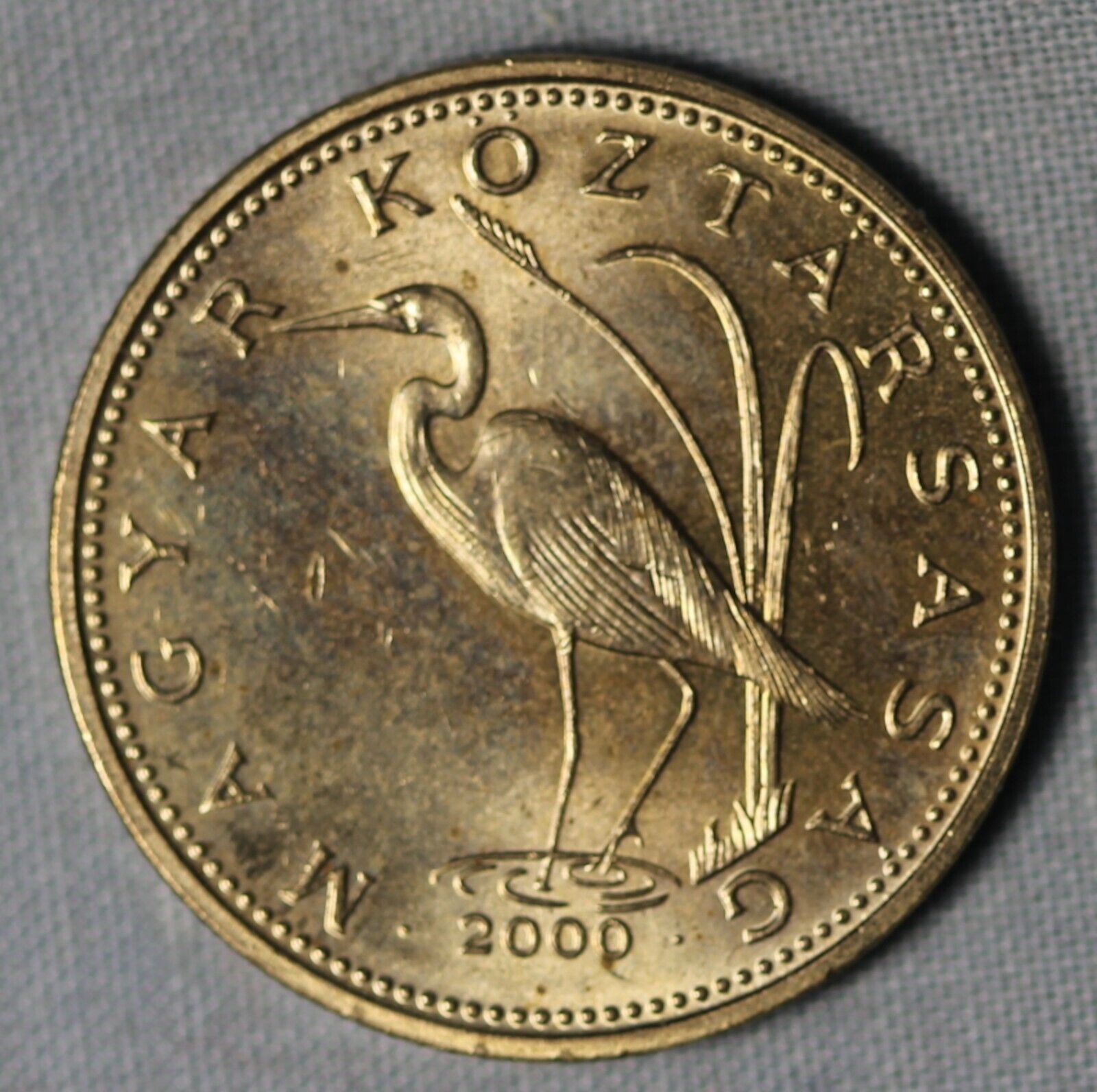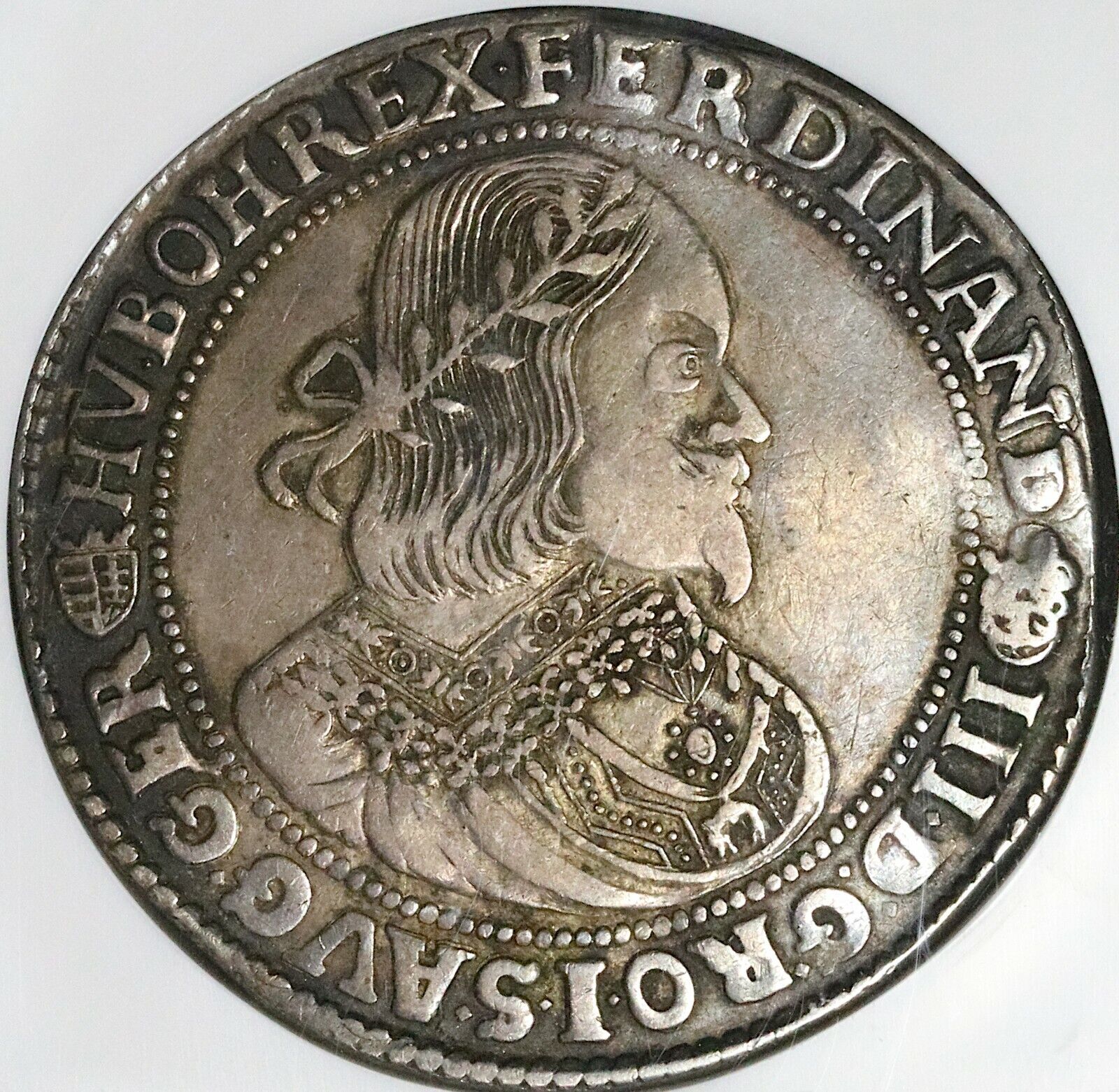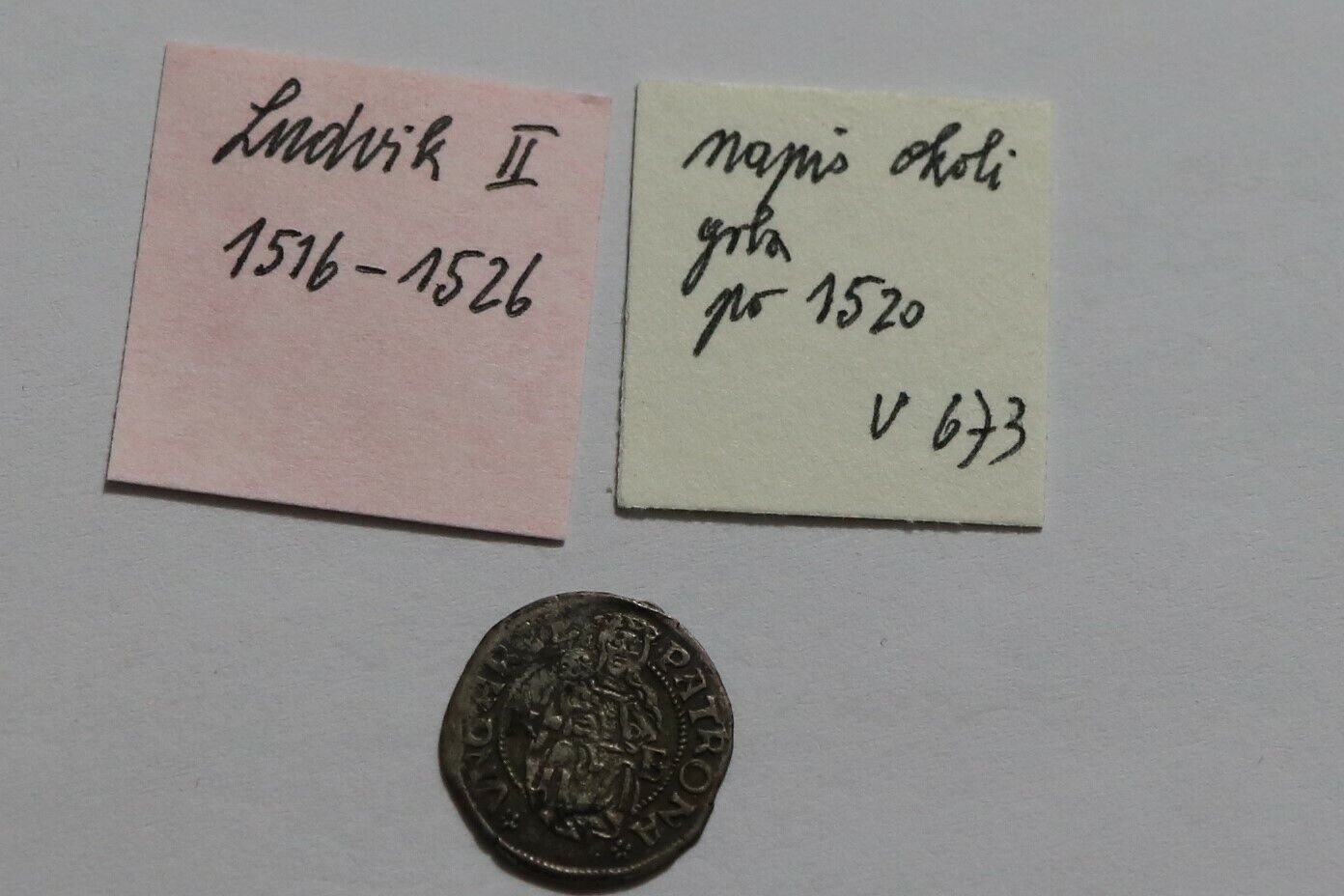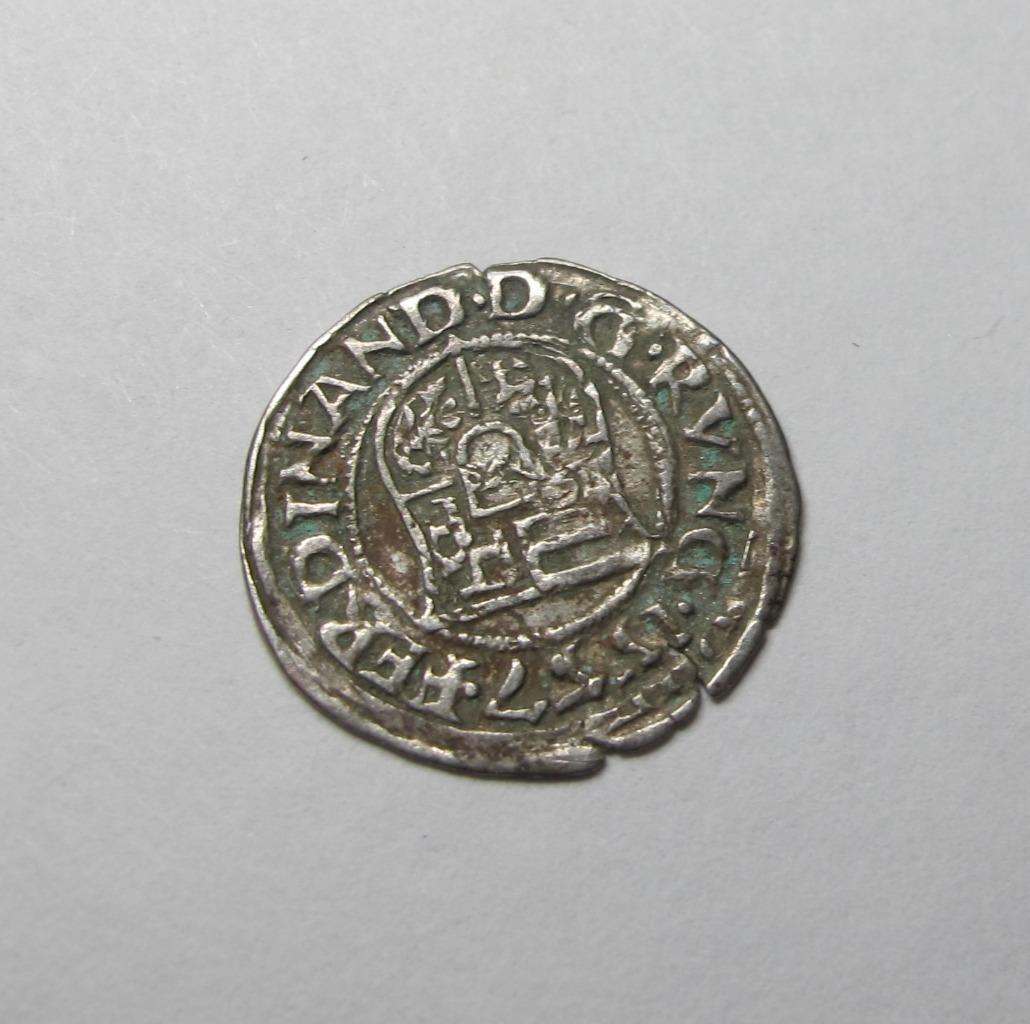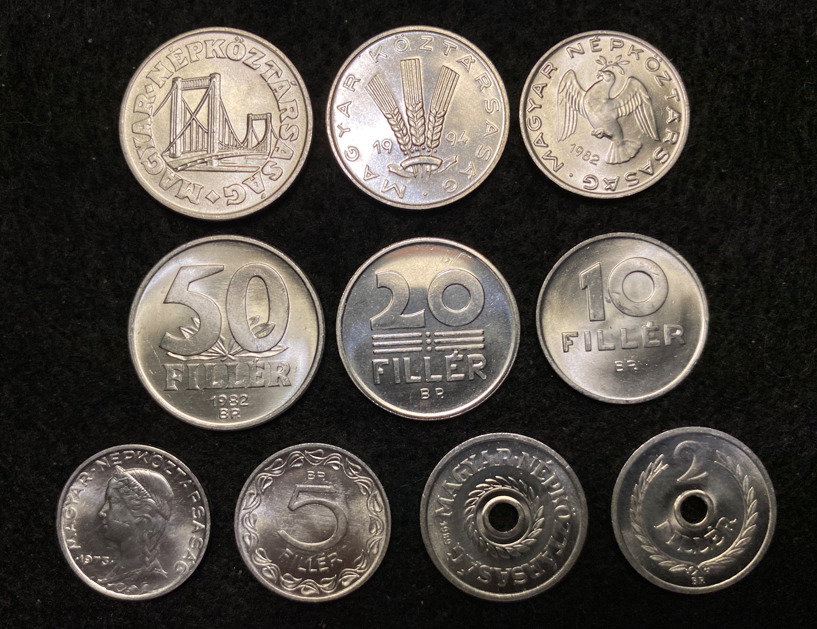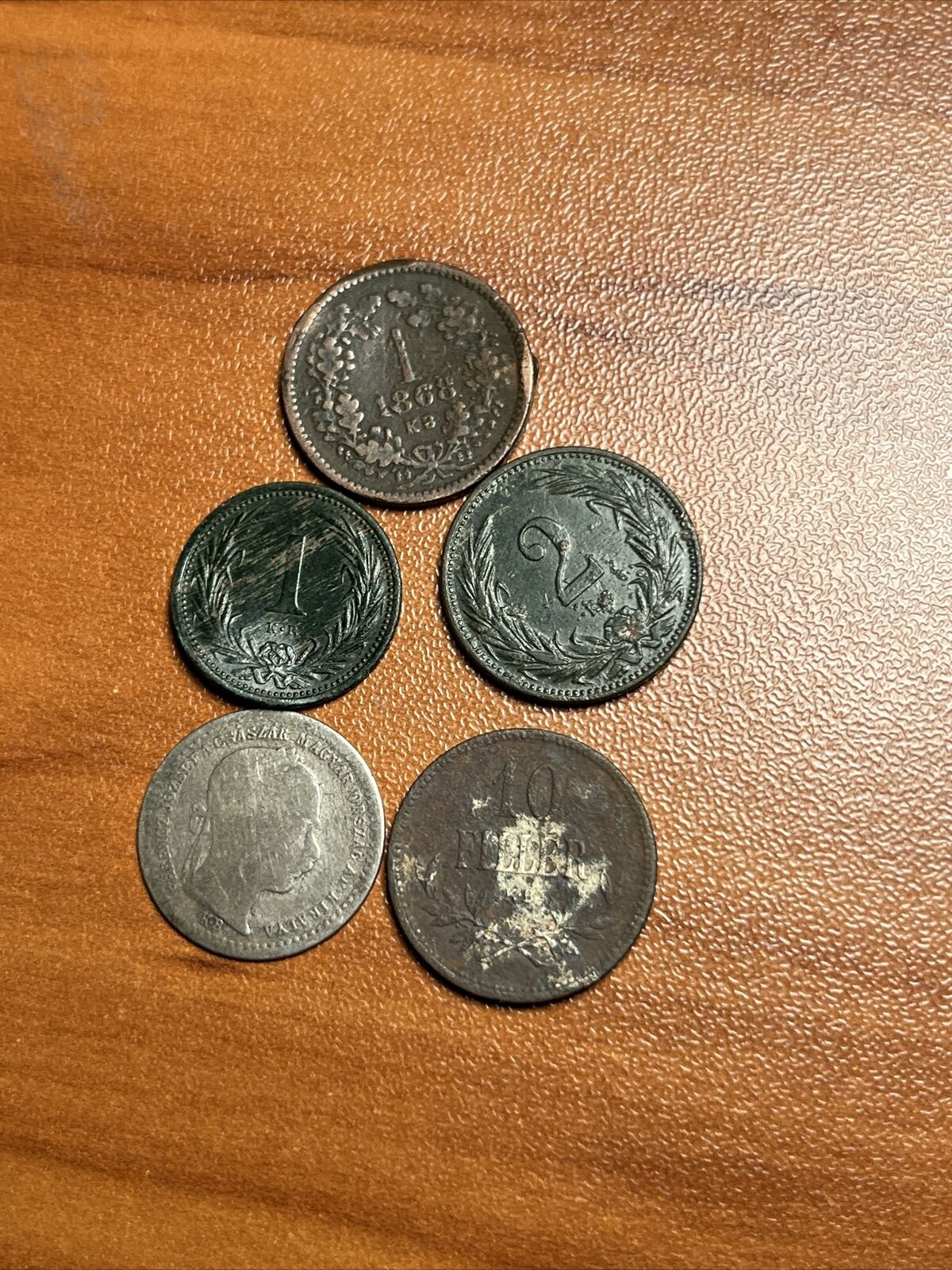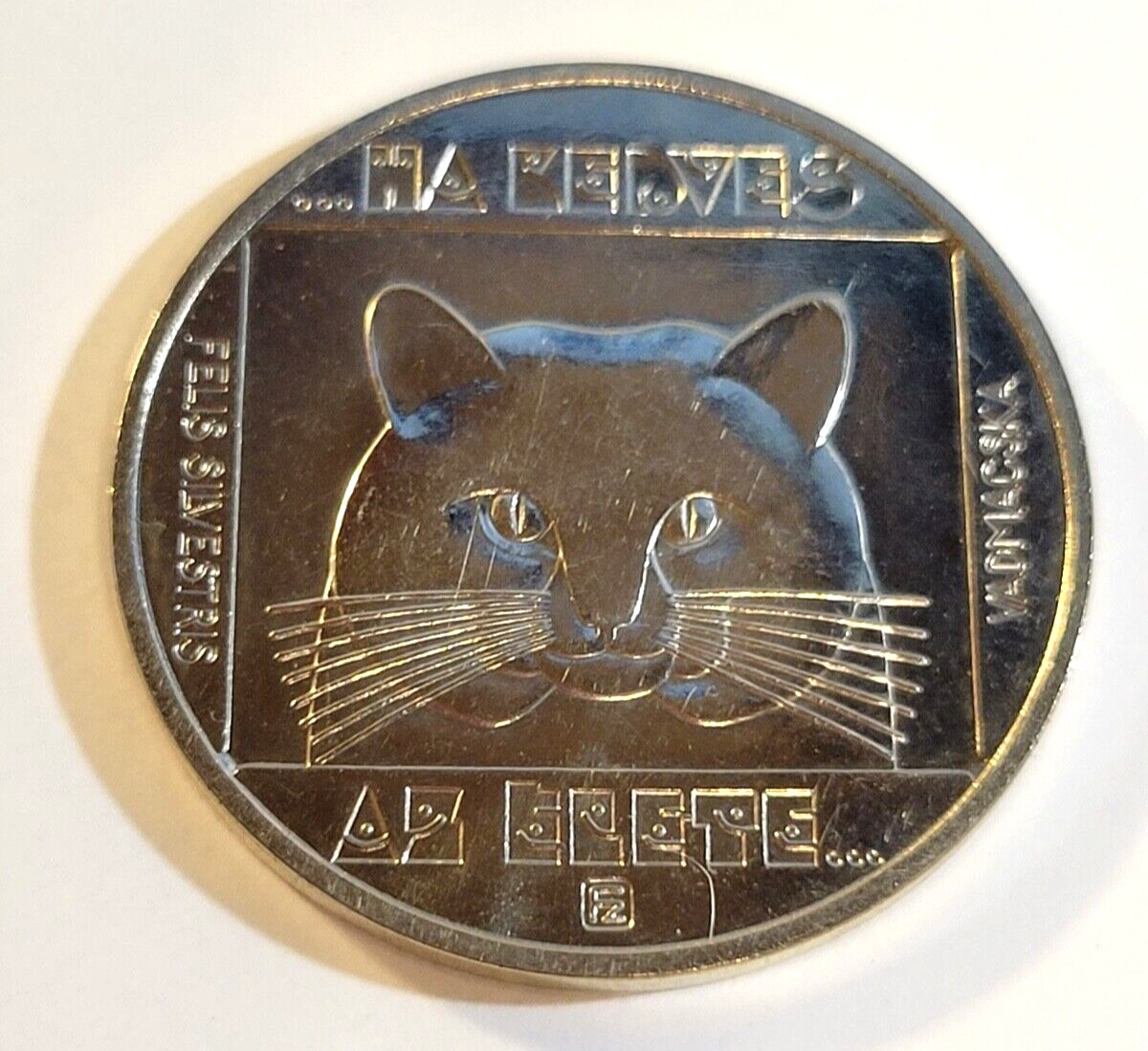-40%
1894, Hungary, Francis Joseph I. Beautiful Nickel 10 Filler Coin. NGC MS-65!
$ 55.04
- Description
- Size Guide
Description
CoinWorldTV1894, Hungary, Francis Joseph I. Beautiful Nickel 10 Filler Coin. NGC MS-65!
Mint Years: 1894
Reference: KM-482.
Denomination: 10 Filler
Condition:
Certified and graded by NGC as MS-65!
Diameter: 19mm
Material: Nickel
Weight: 3gm
Authenticity unconditionally guaranteed.
Bid with confidence!
Austria-Hungary
, often referred to as the
Austro-Hungarian Empire
or the
Dual Monarchy
, was a constitutional monarchy and great power in Central Europe[a] between 1867 and 1918. It was formed with the Austro-Hungarian Compromise of 1867, and was dissolved following its defeat in the First World War.
The union was established by the Austro-Hungarian Compromise on 30 March 1867 in the aftermath of the Austro-Prussian War. It consisted of two monarchies (Austria and Hungary), and one autonomous region: the Kingdom of Croatia-Slavonia under the Hungarian crown, which negotiated the Croatian–Hungarian Settlement in 1868. It was ruled by the House of Habsburg, and constituted the last phase in the constitutional evolution of the Habsburg Monarchy. Following the 1867 reforms, the Austrian and Hungarian states were co-equal in power. Foreign and military affairs came under joint oversight, but all other governmental faculties were divided between respective states.
Austria-Hungary was a multinational state and one of Europe's major powers at the time. Austria-Hungary was geographically the second-largest country in Europe after the Russian Empire, at 621,538 km2 (239,977 sq mi), and the third-most populous (after Russia and the German Empire). The Empire built up the fourth-largest machine building industry of the world, after the United States, Germany, and the United Kingdom. Austria-Hungary also became the world's third largest manufacturer and exporter of electric home appliances, electric industrial appliances and power generation apparatus for power plants, after the United States and the German Empire.
The Austro-Hungarian Compromise remained bitterly unpopular among the ethnic Hungarian voters, because ethnic Hungarians did not vote for the ruling pro-compromise parties in the Hungarian parliamentary elections. Therefore, the political maintenance of the Austro-Hungarian Compromise (thus Austria-Hungary itself) was mostly a result of the popularity of pro-compromise ruling Liberal Party among the ethnic minority voters in Kingdom of Hungary.
After 1878, Bosnia and Herzegovina came under Austro-Hungarian military and civilian rule until it was fully annexed in 1908, provoking the Bosnian crisis among the other powers. The northern part of the Ottoman Sanjak of Novi Pazar was also under
de facto
joint occupation during that period but the Austro-Hungarian army withdrew as part of their annexation of Bosnia. The annexation of Bosnia also led to Islam being recognized as an official state religion due to Bosnia's Muslim population.
Austria-Hungary was one of the Central Powers in World War I, which began with an Austro-Hungarian war declaration on the Kingdom of Serbia on 28 July 1914. It was already effectively dissolved by the time the military authorities signed the armistice of Villa Giusti on 3 November 1918. The Kingdom of Hungary and the First Austrian Republic were treated as its successors
de jure
, whereas the independence of the West Slavs and South Slavs of the Empire as the First Czechoslovak Republic, the Second Polish Republic and the Kingdom of Yugoslavia, respectively, and most of the territorial demands of the Kingdom of Romania were also recognized by the victorious powers in 1920.
Only 1$ shipping costs for each additional item purchased!



